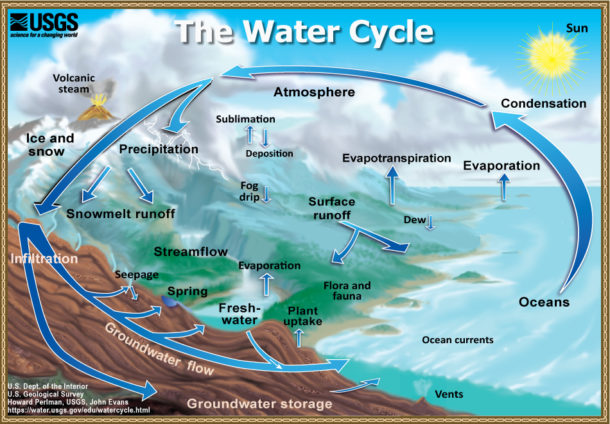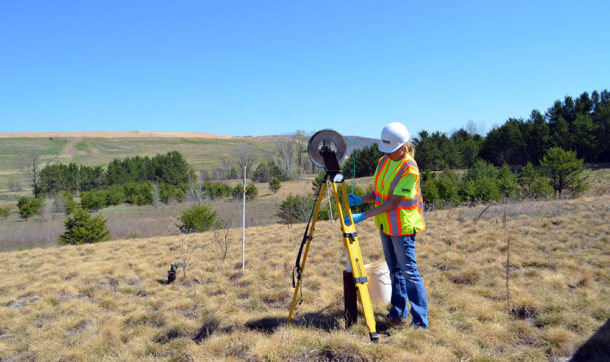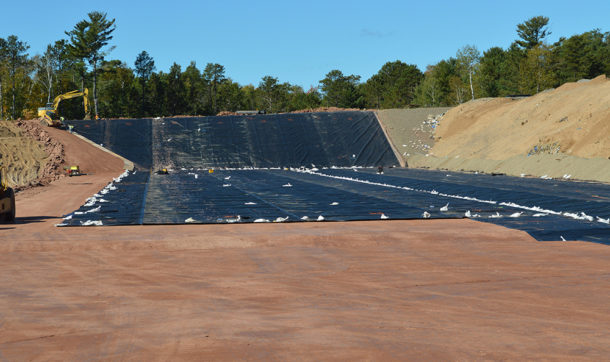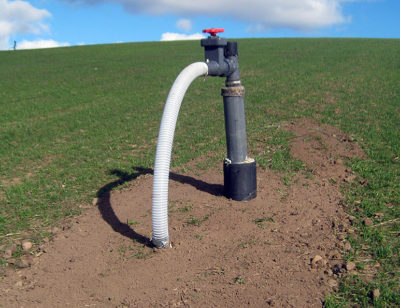Well-Engineered Landfills Protect Water Supply

 By Bill Honea, PG
By Bill Honea, PG
Water is always on the move: down from the clouds as rain or snow, into the soil and eventually groundwater, back out again through streams and wells, evaporating from water bodies and transpiring from plants and animals back into the atmosphere to return to us again as precipitation.
The water we use today is basically the same water that has been cycled and recycled through the environment for millennia. The Earth is a closed system, meaning that the same water gets used and reused. That’s why it’s so important to preserve and protect it; it’s all the water we’ll ever have.

The U.S. Environmental Protection Agency (USEPA) says groundwater contamination is nearly always the result of human activity. Septic systems, improper disposal of hazardous wastes, and releases and spills from stored chemicals and petroleum products all can contaminate water. This poster from the Wisconsin Department of Natural Resources illustrates the many ways contaminants can infiltrate groundwater.
Landfills can also be a source of contaminants. Think of all the items that go out in your household trash – and then multiply that by millions of other household and business customers who send waste to a municipal landfill. According to the USEPA, about 258 million tons of municipal solid waste were generated in the United States in 2014. It’s a safe bet that there are substances in the trash that could contaminate groundwater. The USEPA says many old landfills were sited over aquifers or near surface waters and in permeable soils, all of which increase the likelihood of contamination.

Fortunately, modern landfills have many safeguards to protect groundwater. New landfills are required to have clay and synthetic liners as well as leachate collection systems. (Leachate is liquid from a landfill containing contaminants.) An active landfill often recycles the leachate it collects, spraying it over the accumulating waste to help break down the waste. What isn’t recycled goes to a wastewater treatment plant.
Modern landfills have multiple cells, and when a cell is filled to the brim, it is capped with an impermeable material (such as clay and/or synthetic liners), then a layer of soil, and then planted with native grasses. Capping reduces the amount of leachate, as rain and snow melt no longer infiltrate the waste. The same process happens when a landfill is completely filled and officially closed.

Even with all these precautions, landfill operators still must monitor active and closed landfills to protect against groundwater contamination. Closed landfills have gas wells sticking out of the cap to burn off accumulated gases from the decomposing waste under the cap. Groundwater monitoring wells are used to make sure the liner is working to keep potential contaminants from seeping out of the landfill.
Landfills are a necessity, and modern landfill operators – and the professionals who work with them – work hard to protect the groundwater and the rest of the environment. We are all committed to keeping the only water we have clean and safe for everyone.

Post a comment: